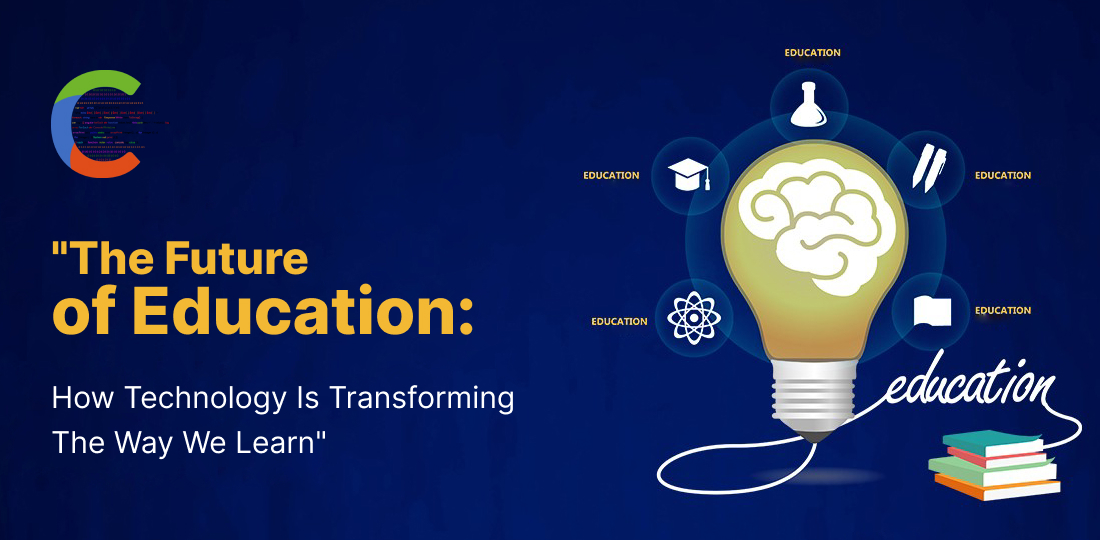Social Media:
Yes, social media is another way that technology is transforming the way we learn. Social media refers to online platforms and tools that enable people to create, share, and interact with content and each other. In education, social media can be used to create learning communities, where students and educators can connect, collaborate, and share ideas and resources. For example, social media platforms, such as Facebook, Twitter, and LinkedIn, can be used to create groups and pages dedicated to specific subjects, courses, or interests, where students can ask questions, share insights, and collaborate on projects. Social media can also be used to promote peer learning and feedback, where students can provide feedback and support to each other, and to connect with experts and professionals in their field of study. In addition, social media can be used to enhance communication and engagement between students and educators, providing opportunities for real-time interaction, feedback, and support. By leveraging the power of social media, education can become more social, collaborative, and engaging, enabling learners to connect with each other and the world around them in new and exciting ways.

